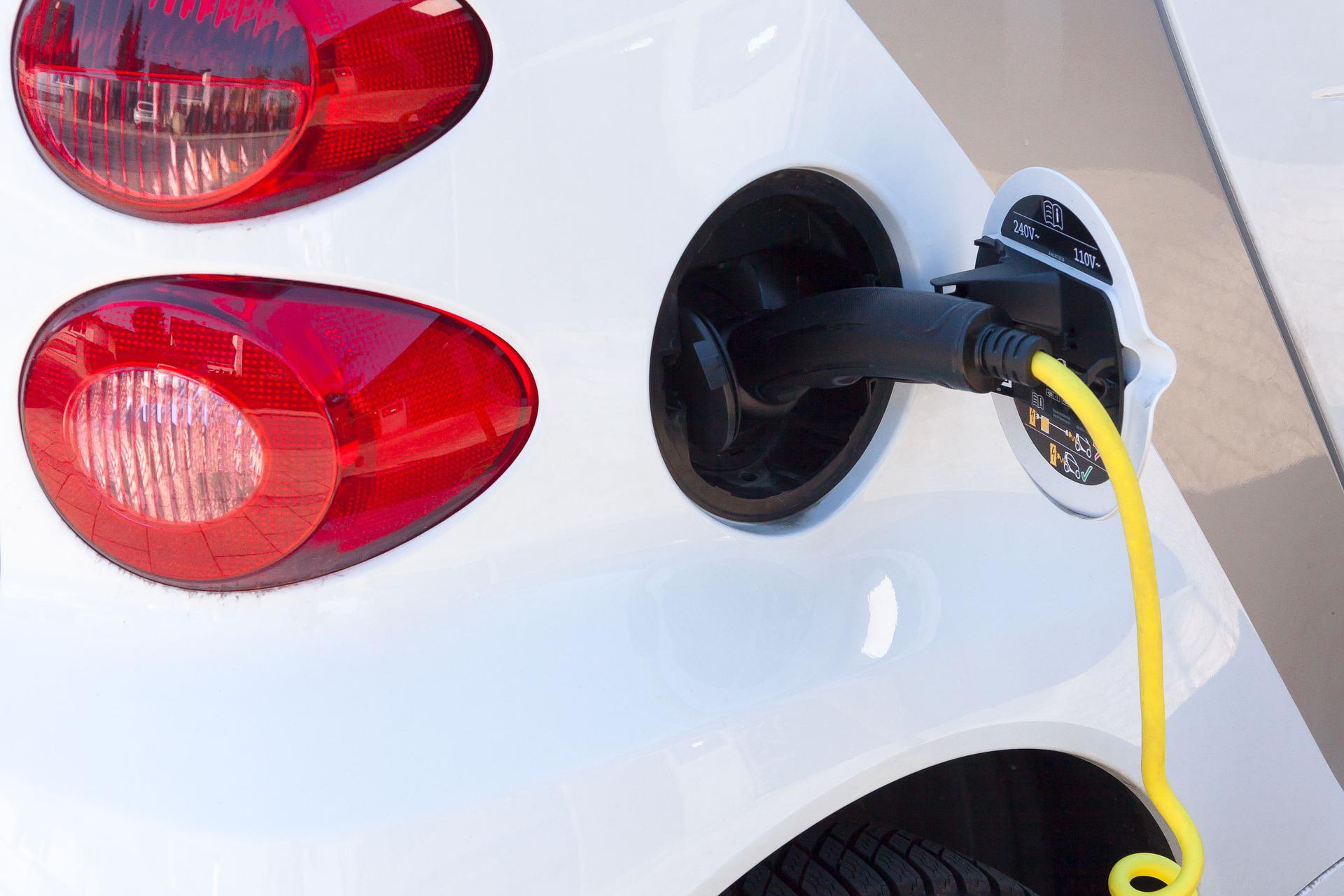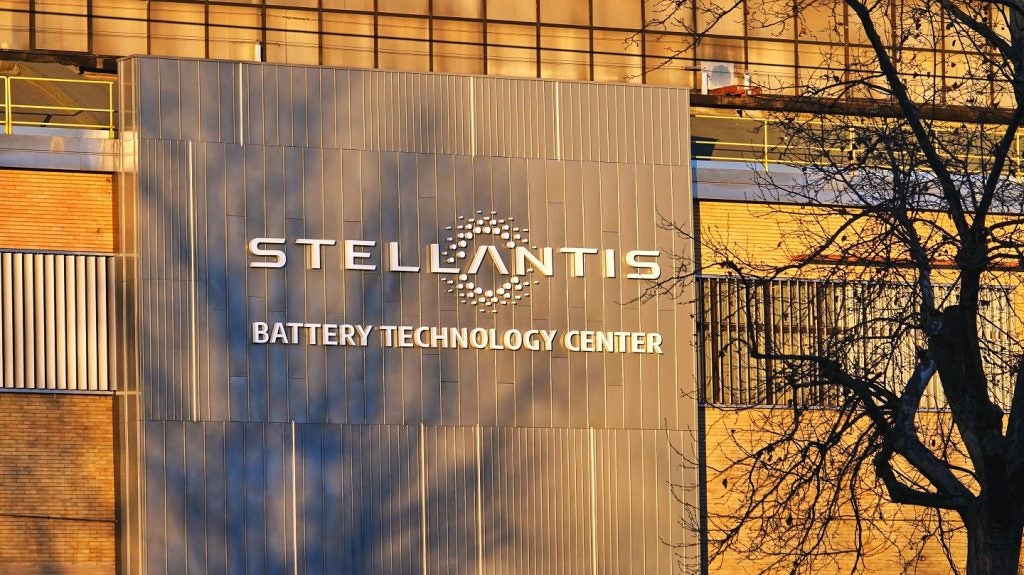
For the transition to electric vehicles (EVs) to be complete, the used vehicle sector must play a vital role, but what will that look like? Chris Farnell reports
The transition to EVs is well underway, but market penetration cannot rely on new vehicle purchases. A successful transition means a healthy second-hand EV sector. The demand, at least, is already there.
“Prices of used EVs have continued to rise since the beginning of 2021 which reflects the increased demand from drivers to get into a zero-emission car, often for the very first time,” says Mark Hankey, chief revenue officer at Aston Barclay.
In Autorola’s latest INDICATA Market Watch report in June, EVs became the fastest-selling powertrain with a stock turn of 11, compared with 8.7 for hybrids, the second fastest-selling powertrain. Meanwhile, Shoreham Vehicle Auctions is running its first dedicated EV sale in September.
“One year ago, there would not have been enough stock in the market to run an EV-only sale which shows how the market is changing,” says Alex Wright, managing director of Shoreham Vehicle Auctions.
But while the demand is there, there are also financial challenges unique to the used EV market.
How well do you really know your competitors?
Access the most comprehensive Company Profiles on the market, powered by GlobalData. Save hours of research. Gain competitive edge.

Thank you!
Your download email will arrive shortly
Not ready to buy yet? Download a free sample
We are confident about the unique quality of our Company Profiles. However, we want you to make the most beneficial decision for your business, so we offer a free sample that you can download by submitting the below form
By GlobalData“When you’re taking an EV, particularly your first, there are additional costs involved such as installing a charge point at home for £700 or more,” says Andy Eastlake, CEO of zero-emissions consultants Zemo Partnership. “In the new market we’re seeing some manufacturers supporting the installation of a charge point, but you rarely get that in the used market.”
As well as ancillary costs, the used EV market also faces uncertainty around volatile pricing. There is still no solid consensus on how electric vehicles will hold their value, especially around the battery.
“There are concerns, mostly unproven, about battery reliability, which means it’s quite difficult to predict and quite difficult to plan those things,” Eastlake explains. “With fuel price volatility, that has absolutely generated more interest for EVs even with the volatility of the price of electricity. There are so many conflicting factors it’s genuinely difficult to know how to price EVs and what value to put on an EV when you purchase one.”
Overall, however, prices are still increasing. According to Hankey, average battery electric vehicle (BEV) prices increased again in Q2 by 11.7% (£3,289) to a new record price of £31,349. That compares with £18,425 for hybrids, £8,302 for diesel and £7,447 for petrol-powered vehicles.
“Generally, the average age and mileage of a BEV is lower but even taking that into account the outlay for a used BEV in the current market is much higher than other fuel types,” Hankey points out.
“EVs continued their meteoric price rise by 3.0% (£878) from £28,988 in Q1 to £29,866 in Q2 as age and mileage remained static at around 19 months and 10,000 miles,” says Jon Mitchell, Autorola UK’s group sales director. “Used diesel cars prices fell in Q2 by -12.4% (£2,572) to £18,907 while used petrol prices fell by -12.4% (£2,045) to £14,387. Hybrid prices rose by 10.5% in Q2 (£2,171) to £22,827.”
While gains are being made across demand and supply, there are challenges unique to selling second-hand products in a rapidly developing technological sector.
“EVs are improving more rapidly than conventional vehicles. There is always the challenge of consumers wanting the latest model, and even a year’s development improves the product significantly,” Eastlake says. “So, the difference between a new and used EV is quite different.”
Growing in time
The real question is not “Is the used EV sector growing?” but “Is the used EV sector growing fast enough?” Even now, supply remains a serious issue.
“Some leasing and finance fleets are reporting that up to 40% of their fleet is on contract extension so cars are being kept for longer which is further restricting the supply of EVs coming into the used market,” says Mitchell.
“Supply is nowhere near sufficient to meet demand as we are now disposing of used EVs that were sold three years ago,” agrees Wright. “In 2019 the market registered just 97,565 EVs which compares with a predicted 500,000 in 2022. We are likely to see more used EVs coming into the market over the coming years but probably still not enough to satisfy demand.
There are still reasons for optimism, however.
“Just 1.5% of our used cars sold at auction are currently EVs which shows you the reason behind the current supply challenges against the strong demand,” Hankey says. “We can see from some of our leasing vendors that over 70% of new vehicles going into their fleets are BEV. The journey to zero emissions is only going one way.”
The key to opening up the used EV market, according to Eastlake, is to revamp the entire way we assess the cost of used vehicles.
“One of the perceived challenges is the upfront price of a new EV. Part of the problem we’ve got is getting people to understand you shouldn’t look at ticket price, but the total cost of ownership. In the new market it’s actually a little easier,” Eastlake says. “Over 90% of new vehicles are financed in some way. An awful lot of new product is leased or in a PCP arrangement on a monthly basis. So, customers think about the monthly cost. Almost nobody buys a car outright for cash.”
New finance tools
When maintenance and fuel costs are factored in, EVs become significantly more attractive financially, an angle that has already been taken into account in the marketing of new vehicles. That calculation is a bit less prevalent in the used market, where the tendency is still for customers to buy their vehicle outright.
“Some more enlightened companies are doing three-year leases for new vehicles, then doing another three-year lease in the second-hand market, where there’s a real appetite to look at a leasing approach,” Eastlake says. “As we move into that way of thinking- and finance is a key piece of that agenda, we will see the attractiveness of those used EVs.”
The key is ensuring the industry can adapt to provide financial solutions that will fuel used EV uptake.
“Dealerships need to be brought up to speed on the nuances of appraising and selling the EV product,” Hankey says. “Given Aston Barclay has seen a recent record high – with the average BEV price through wholesale attracting and now hitting £31k, the financial instruments required to serve them to consumers may have to be adjusted. Unsecured personal loans generally cap out at £25k, so a greater demand may exist for EV-specific finance.”
Those instruments are being adopted. More companies are stepping into second-hand leasing and PCP.
“There’s no reason why the finance models that are so prevalent in the new market shouldn’t be applied in the used market,” says Eastlake. “It is one of the key factors in the finance and leasing sector, and the FCA is making sure we get that principle of the total cost of ownership baked into the quotation and assessment process.”
As Eastlake points out, a new electric vehicle can now be leased for approximately £100 a month, and while cheaper internal combustion engine-based vehicles are available, they could also cost another £100 in fuel costs, which aren’t typically assessed as part of the affordability criteria.
“We want the costs of running the vehicle to be assessed as part of that and that should be a requirement for affordability,” Eastlake insists. “Getting that transparency to the consumer as monthly pocket cost is critical to making the case for EV over ICE equivalent.”
GRIDSERVE secures £200m from Infracapital to develop EV infrastructure
From push to pull in an age of omnichannel retail






